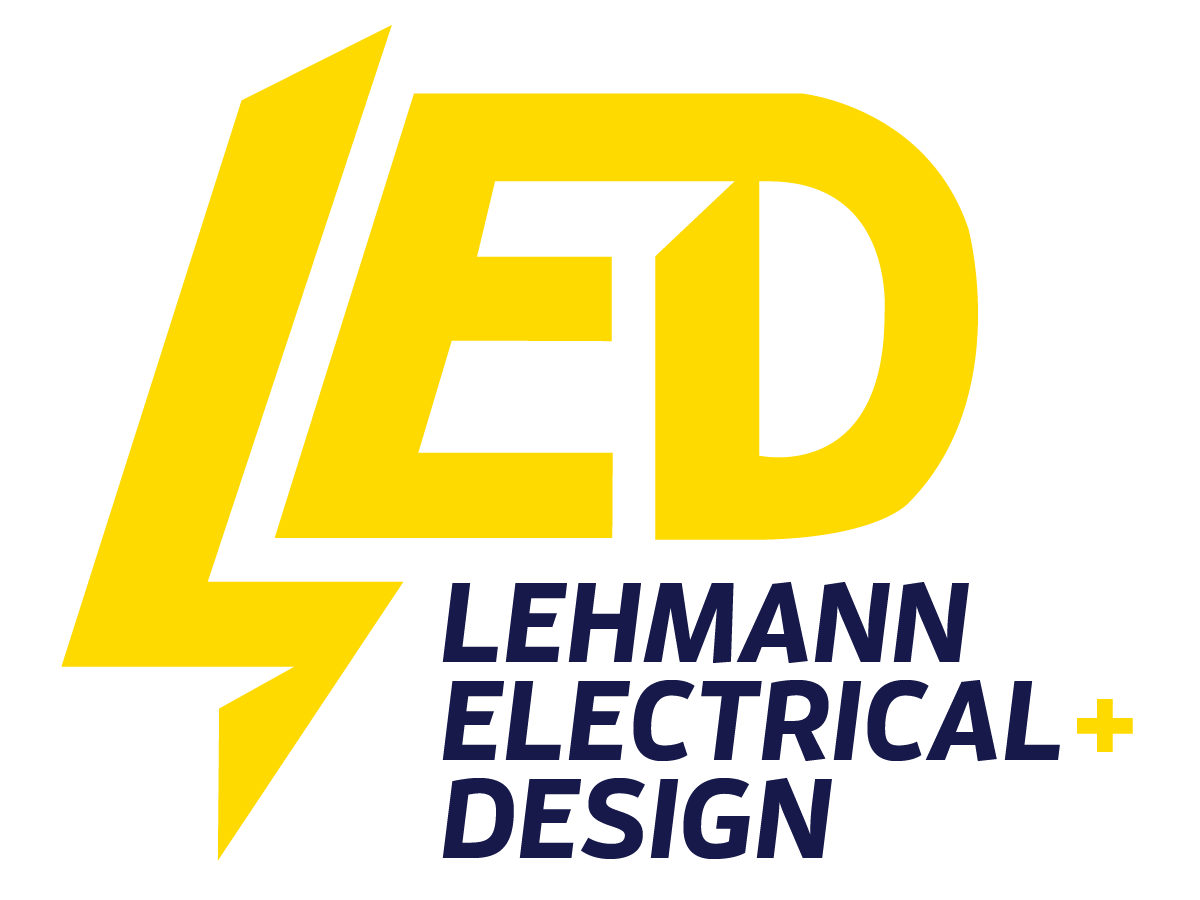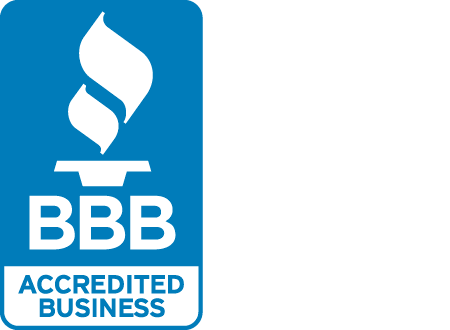Smoke And CO Detector Services
The Indispensable Nature of Smoke and Carbon Monoxide Protection Systems
Ensuring that your residential or commercial property is equipped with reliable smoke and carbon monoxide protection systems is not a choice—it is an absolute necessity. These systems are crucial for the welfare of the occupants, and Lehmann Electrical & Design specializes in providing this essential service with utmost professionalism and expertise.
In most states, both residential and commercial properties are required to have fully operational smoke and carbon monoxide detectors. Building codes and regulations specify the mandatory nature of these devices, making them indispensable for passing safety inspections. Failing to comply with these regulations can result in significant legal repercussions, including fines and penalties.
The health consequences of not having a working detection system can be disastrous. Smoke inhalation can lead to severe respiratory issues, and high levels of carbon monoxide can cause dizziness, nausea, and, in extreme cases, fatality. Therefore, having an adequate detection system is critical for safeguarding against these health hazards.
The absence of a reliable smoke and carbon monoxide detection system can result in substantial financial losses.
Insurance companies may refuse to cover damages caused by fire or carbon monoxide if it is found that the property was not equipped with working detectors. The damage to property can run into thousands or even millions of dollars, depending on the severity of the incident.
The average lifespan of smoke and CO2 detectors is about 10 years, after which they should be replaced.
Detector Selection, Installation, and Maintenance
Installing a detector in your property goes beyond simply affixing a device to a wall or ceiling; it involves meticulous planning and consideration of multiple factors. Our offerings span a diverse range of detectors, be it for smoke, carbon monoxide, or a combination of both. The types of detectors to install depend not only on your specific needs but also on the layout of your property and local building regulations.
The importance of the detector type cannot be overstated. For instance, smoke detectors excel at identifying particles emanating from a fire, as detailed on IFSEC Global's website. On the other hand, carbon monoxide detectors are specialized in identifying CO levels in the air, as indicated by the Environmental Protection Agency. Combination detectors, recommended by Consumer Reports, give you the advantage of detecting both hazards, making them a versatile choice.
Placement is another pivotal aspect. The physical behavior of smoke and carbon monoxide affects where these devices should be located. Smoke rises, necessitating placement on ceilings or high walls, while carbon monoxide mingles freely with air, offering more versatility in device placement. Our technicians are proficient in pinpointing optimal locations for these detectors, taking into account the unique characteristics of your property.
Maintenance cannot be overlooked. To ensure that your system operates at its peak performance, we offer scheduled inspections. During these visits, our technicians execute rigorous tests and replace batteries as necessary, so you can rest assured your system is in top form. However, no system is impervious to faults. If your system encounters any technical difficulties, our comprehensive repair services are available to diagnose and address issues, from component replacement to complete system overhauls. For commercial properties where time is a crucial factor, we also offer expedited emergency repairs.
Advancements in sensor technologies and connectivity add further layers of protection and convenience. Whether it's ionization sensors for fast fires, photoelectric sensors for slower, smoldering fires, or electrochemical sensors for precise CO detection, our detectors utilize state-of-the-art technologies. To enhance system integration, detectors equipped with advanced connectivity options such as Wi-Fi and Zigbee can alert you or a central monitoring system instantaneously in the event of an emergency. In an age where technology is ever-advancing, system upgrades become increasingly relevant. We extend modern solutions like smart detectors that connect to mobile devices, offering immediate alerts in urgent situations. For expansive properties, interconnected systems can simultaneously activate alarms across multiple zones.
Dust and debris can cause smoke detectors to malfunction, requiring regular cleaning.
Consultation And Planning
The journey from choosing a detector to installing and maintaining it involves numerous steps, each critical in ensuring the safety and efficiency of your system. We begin with a consultation, followed by an on-site inspection of the property. This allows us to assess the specific needs of your property and draft a customized plan, detailing the layout and positioning of each detector. Following the planning phase, our team proceeds with the installation, ensuring that each one is properly positioned and functional. Upon completion, a series of tests are run to confirm that the system is operational and complies with all safety codes and regulations. We strictly adhere to NFPA (National Fire Protection Association) standards for fire safety, and ANSI/UL standards for carbon monoxide detectors, thereby assuring you of our commitment to quality and safety.
In conclusion, smoke and carbon monoxide protection systems are not optional but are integral components for ensuring the safety and well-being of the occupants in any residential or commercial setting. Lehmann Electrical & Design provides comprehensive services to ensure that your property is equipped with the most reliable and effective systems available. Contact us today for a free quote.
Frequently Asked Smoke And Carbon Monoxide Sensor Questions
Q1: What is the significance of NFPA and ANSI/UL standards in smoke and CO detection systems?
A1: NFPA (National Fire Protection Association) and ANSI/UL (American National Standards Institute/Underwriters Laboratories) standards are industry benchmarks for fire and carbon monoxide safety, respectively. These standards provide guidelines for the design, installation, and maintenance. Compliance ensures that the systems we install meet the highest criteria for reliability and effectiveness. This is particularly crucial for commercial properties where failure to meet these standards can not only lead to legal ramifications but can also put a larger number of occupants at risk.
Q2: How does the choice of sensor technology affect the performance of my detection system?
A2: The choice of sensor technology—whether Ionization, Photoelectric, or Electrochemical—is crucial for the effectiveness of your detection system. Ionization sensors are quicker at detecting fast-burning fires, whereas photoelectric sensors are more effective for smoldering fires. Electrochemical sensors are sensitive to changes in CO levels and are considered the industry standard for carbon monoxide detection. We often recommend combination detectors that employ multiple sensor technologies for comprehensive protection. The choice ultimately depends on the specific risk factors associated with your property.
Q3: How do environmental factors like humidity and temperature affect performance?
A3: Environmental conditions can have a measurable impact on the performance of your smoke and CO detectors. High humidity can sometimes trigger false alarms in certain types of smoke detectors, while extreme temperatures may affect the sensitivity of carbon monoxide detectors. We ensure the installation of systems specifically designed to mitigate these environmental challenges, providing a more stable and reliable system overall. We evaluate the conditions of your property during our consultation and planning stage to ensure the appropriate technology and materials are used.
All Rights Reserved | Lehmann Electrical + Design


